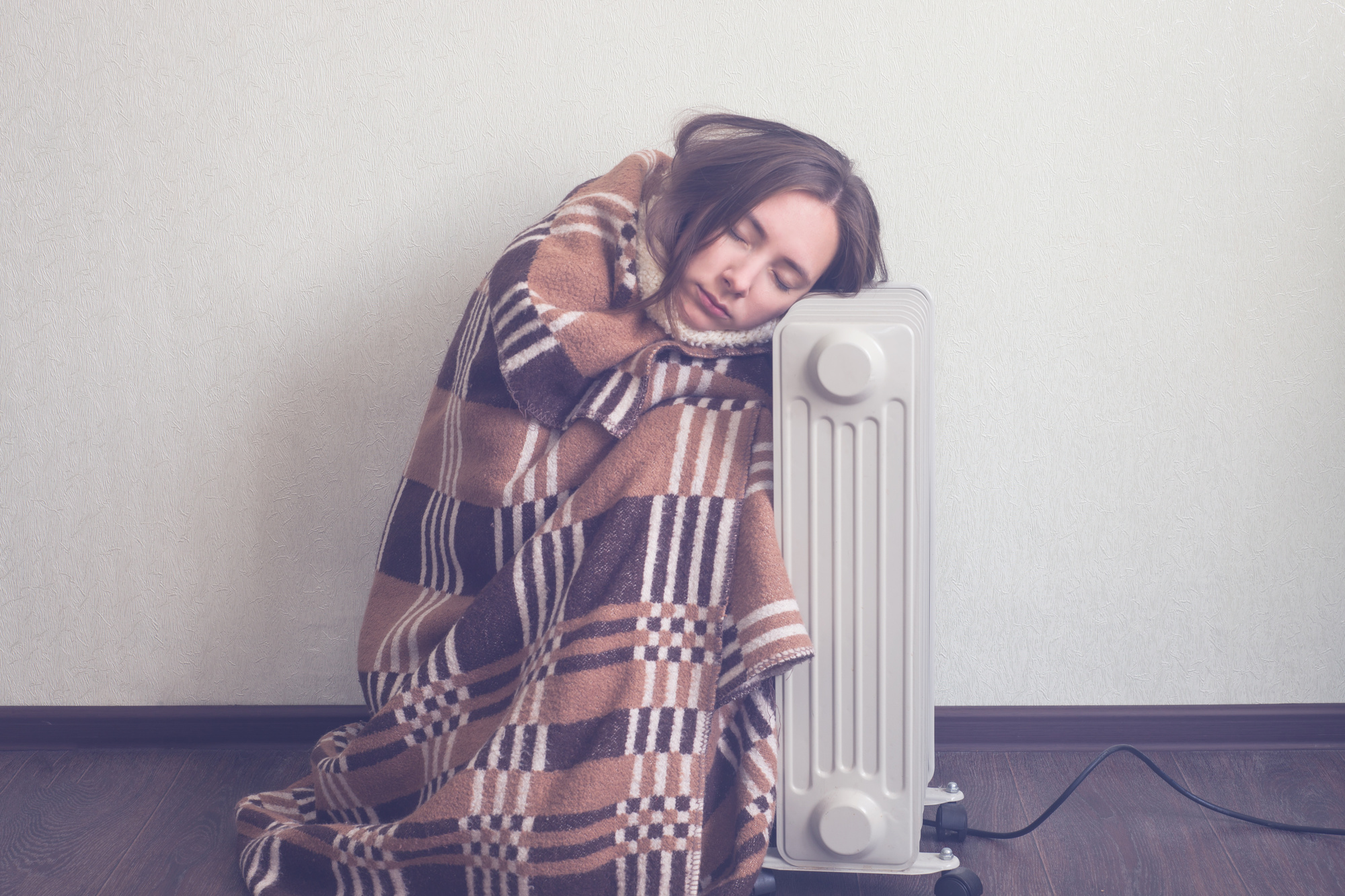Did you know that most furnaces have an estimated service life of 15 to 25 years? That’s welcome news, considering that they cost hundreds to thousands of dollars.
So, if your heater acts up, don’t panic yet, as you likely only need to do some basic furnace troubleshooting.
To that end, we came up with this guide on the top gas and electric furnace troubleshooting tips you can do on your own. Give them a try before calling your local heating repair pros.
Inspect the Thermostat
The thermostat is the control panel regulating your furnace’s power and temperature settings. So, not only does it turn your heater on or off, but it also tells it when to circulate more (or less) heated air into your home.
That’s why it’s wise to try furnace thermostat troubleshooting if you run into a heater issue.
First, ensure your digital thermostat has power by checking its display panel. If it does, its screen should tell you the pre-set temperature. According to experts, the ideal indoor temp during the heating season is 68°F.
If you have an analog thermostat, the knob’s arrow should point toward 68°F, too.
If your digital thermostat is blank or doesn’t turn on at all, try replacing its batteries. Do the same on an analog device if it’s not powering on the furnace.
Turn the Disconnect Switch Back On
A furnace disconnect switch is a device that controls the current flow to the heating system. It looks much like a light switch, so it can be easy to mistake for one. As such, someone in your household may have flicked it off by accident.
So, check this switch if your furnace doesn’t turn on and you’ve already checked the thermostat. Make sure it’s in the ON position.
Check Your System’s Smart Monitoring App
Amana, Lennox, LG, Rheem, and Trane are furnace and AC brands offering monitoring apps. These programs provide owners with another option to control their equipment remotely. Moreover, they enable you to track the system’s energy consumption, faults, or inefficiencies.
So if your furnace’s brand has such an app, use it to check for potential issues, such as airflow problems. It may even tell you that your air filter is starting to clog and that it’s time to replace or wash it.
Replace or Wash the Furnace Filter
Speaking of filters, did you know that you have to replace or wash fiberglass ones after about one or two months? If your furnace uses paper filters, though, you can swap them out for a new one at least once every four months. However, the time between changes shortens if you have furry pets or someone at home smokes.
In any case, it’s vital to keep filters fresh and clog-free at all times. Otherwise, you’re likely to notice a drop in your furnace’s heating efficiency. Severe debris build-up on these devices may even cause a space heater’s motor to overheat.
Try Out These Furnace Troubleshooting Tips
There you have it, the top furnace troubleshooting steps you ought to try if your heater acts up. So, be sure to perform these first before calling the pros for (paid) help. Hopefully, they’d work for you because if they do, you can save a lot from not having to spend money for a service call.
Are you looking for other educational consumer guides like this? Feel free to browse and read our latest news and blog posts, then!

